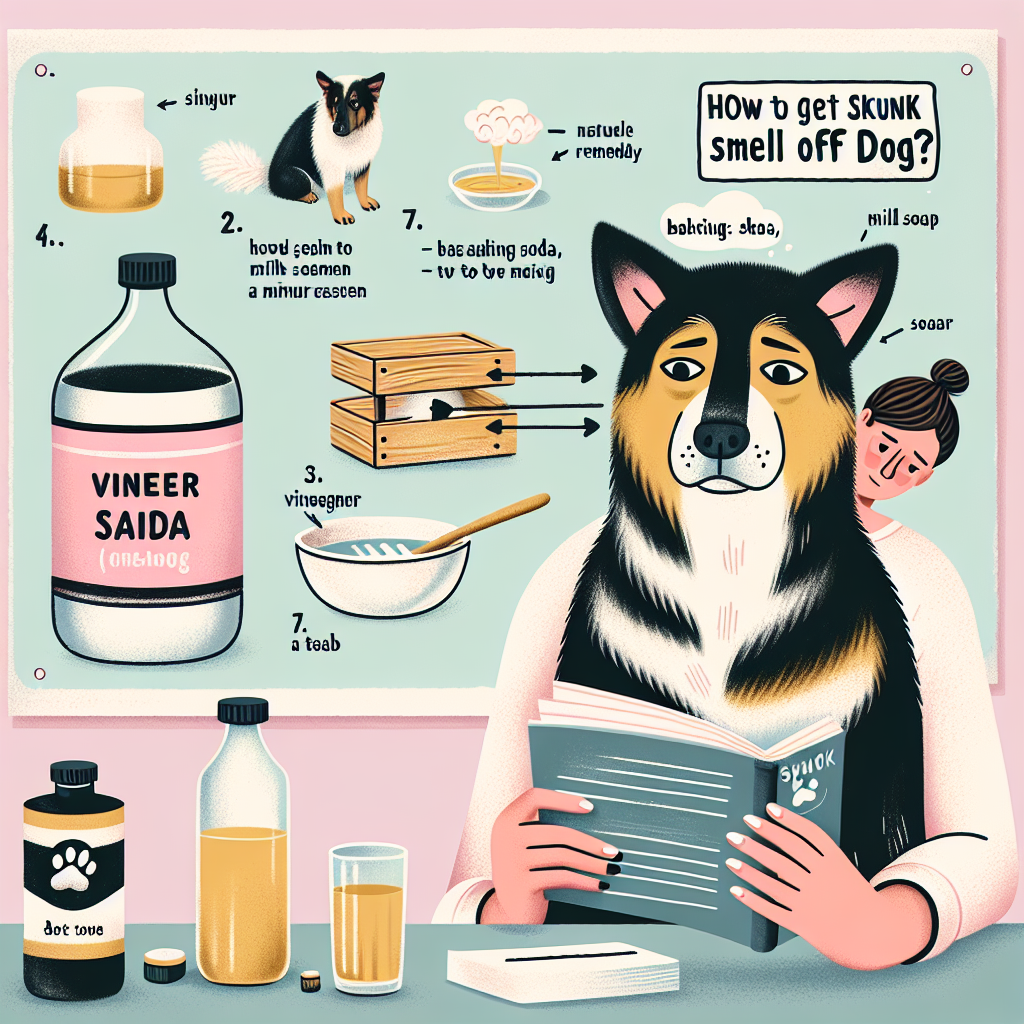Can You Use Neosporin on Dogs?
When it comes to treating minor cuts, scrapes, and abrasions in dogs, pet owners are often on the lookout for effective and safe solutions. Neosporin, a popular over-the-counter antibiotic ointment for humans, is one option many find in their medicine cabinets. But can you use Neosporin on dogs? Let’s dive into what you need to know about using this common topical treatment on your furry friend.
What is Neosporin?
Neosporin is a triple antibiotic ointment that contains three key ingredients: neomycin, polymyxin B, and bacitracin. These ingredients are effective at preventing infections by inhibiting the growth of bacteria. The product is typically used to treat minor wounds, cuts, and burns in humans.
Can You Use Neosporin on Dogs?
The short answer is that while Neosporin is not specifically formulated for dogs, it can be used in certain situations with caution. However, it’s essential to understand a few critical points before applying it to your pet’s skin:
-
Consult Your Veterinarian: Always consult your veterinarian before applying any human medication to your dog. They can provide insights on whether Neosporin is appropriate for your dog’s specific condition and size.
-
Application Guidelines: If your veterinarian approves the use of Neosporin, ensure that the area is clean and dry before application. Apply a small amount to the affected area, keeping it covered if necessary. Monitor your dog closely to prevent them from licking or chewing at the site, as this can lead to further irritation or ingestion of the ointment.
-
Potential Allergies: Some dogs may have allergic reactions to the ingredients in Neosporin. If you notice any signs of an allergic reaction—such as swelling, redness, or increased irritation—you should discontinue use immediately and consult your veterinarian.
-
Avoid Certain Formulations: There are variations of Neosporin that contain additional ingredients such as pain relievers or other compounds. These formulations can be harmful to dogs and should be avoided. Stick to the standard triple antibiotic formula if recommended by your vet.
- Symptoms of Infection: Neosporin is beneficial for minor wounds, but it is not a substitute for veterinary care if your dog shows signs of infection, such as excessive swelling, discharge, or fever. In such cases, immediate veterinary attention is necessary.
Alternatives to Neosporin
If you’re concerned about using Neosporin on your dog or if your veterinarian advises against it, there are alternative options. Many pet stores and veterinary clinics offer topical ointments and sprays specifically designed for dogs. These products are formulated to be safe and effective for canine use, reducing the risk of irritation or adverse reactions.
-
Veterinary-Specific Antibiotics: There are products formulated specifically for animals, which can be more suitable for your dog’s unique physiology.
-
Aloe Vera Gel: Though not as potent as Neosporin, aloe vera can provide soothing relief for minor wounds and is generally safe for dogs.
- Hydrogen Peroxide or Saline Solutions: These can be used to clean wounds before applying a pet-safe topical ointment.
Conclusion
In conclusion, while Neosporin may be used on dogs with caution, it is always best to consult your veterinarian before applying any human medications to your pets. The safety and health of your dog should always be the top priority. If you’re unsure or if your dog has a more serious injury, seek professional veterinary care to ensure proper treatment. By understanding the appropriate use and potential risks associated with Neosporin, you can better care for your furry companion’s minor injuries.





